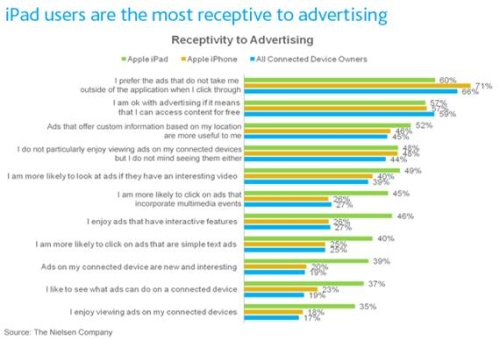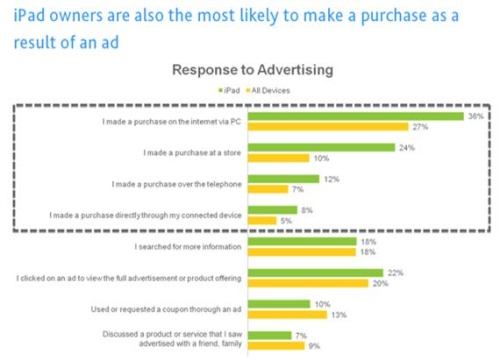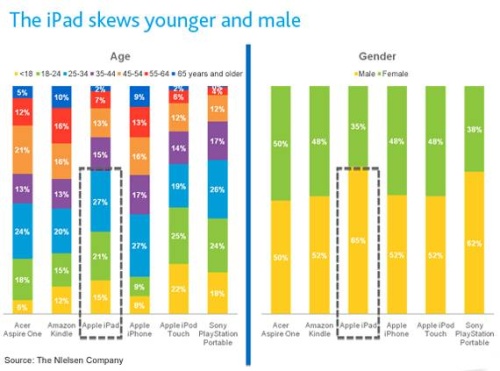Meetings and the importance of dissent
 We all experience this phenomenon on a daily basis in business. In meetings we spend hours listening to the stuff that has been said for years. No new input, no fresh approach, no disbelieve. People love to tell each other what everyone already knows. And those who really address new topics and thoughts often fail to alert the rest of the meeting crowd. Thus, the output of these meetings in most cases could be summaruzed with a single = 0…
We all experience this phenomenon on a daily basis in business. In meetings we spend hours listening to the stuff that has been said for years. No new input, no fresh approach, no disbelieve. People love to tell each other what everyone already knows. And those who really address new topics and thoughts often fail to alert the rest of the meeting crowd. Thus, the output of these meetings in most cases could be summaruzed with a single = 0…
As most of us don’t know why we have meetings and what the purpose of these meetings is, we tend to stay in our comfort-zone and don’t address the “unsaid, unknown and unpredicted”. Safety and familiarity makes us hide our dissent in meetings. And the reason we love to keep our jobs does it’s favor to it (especially in recession times). In most cases everyone knows the outcome of meetings before they have even started. The reason? We have made up our minds already…
So, how can we introduce new input or information for more effective ways of meeting conversation? Social software could play a crucial role in this perpetuum mobile business cycle. The use of social bookmarks, blogs and wikis offers a new perspective for discussions in meetings. If people give valuable input on the meeting topic via these platforms before the meeting starts, the discussion gets less influenced by the group harmony.
Apart from that, meeting members tend to follow the group heads, especially young and junior members often don’t dare to dissent with their bosses’ view – no matter if he/she is right/wrong. By opening up an input-first strategy, or platform, for the meeting, the “meeting-leader” can introduce the new input to the others and encourage meeting members to share their views and ideas around the new conversation topic.
These social platforms also serve as a checklist for the meeting (and can shorten the time needed for it). People need to be prepared upfront. Less duplication of known facts follows. And new thoughts as well as new dissent gets more awareness. As these platforms are open for all employees to work with, meeting members might acknowledge input from meeting members that were not planned to attend the meeting.
In many meetings I have seen and been to, this has proven to be more creative, and it generates more engagement and involvement. These cross-thinkers get a voice and become drivers of new business. They get invited to present their views, get their benefitial feedback which makes them become thoughtleaders. And the good thing is…? You don’t only have those people in the room that stay in the center of commodity and common believe.
Don’t you think? Yes, you can say “No!” if you dissent… Only then, it will start the conversation!









